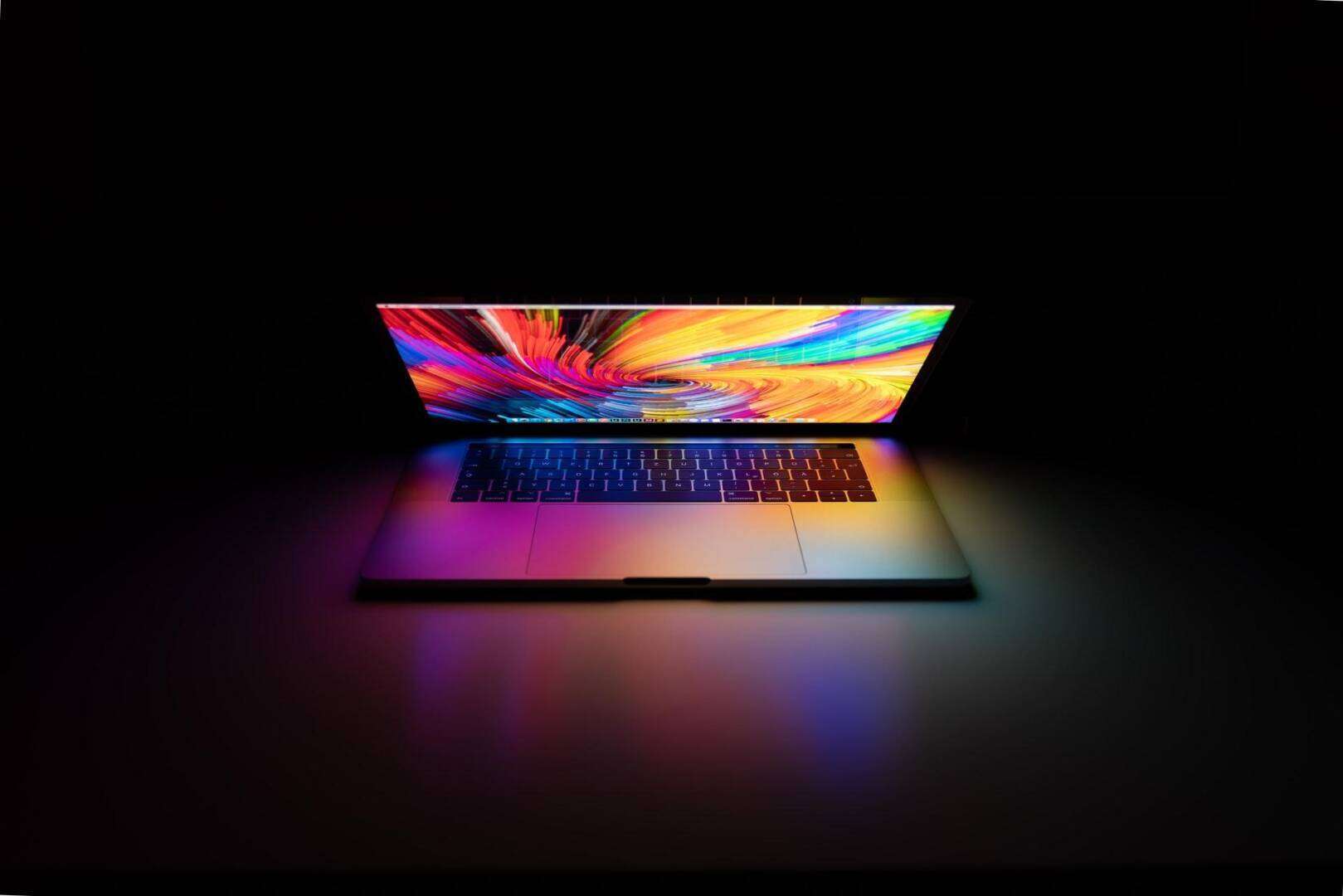Are you an aspiring electronic music producer looking for the perfect Digital Audio Workstation (DAW) to bring your creative ideas to life? With numerous options available in the market, choosing the best DAW for electronic music production can be a daunting task. Each DAW offers a unique set of features and capabilities tailored to different user preferences and workflows. In this article, we’ll explore some of the top DAWs and help you make an informed decision.
What is a DAW?
Before we delve into the specifics, let’s clarify what a DAW actually is. A DAW is a software application that allows you to record, edit, arrange, and produce music digitally. It serves as the central hub for your music production process, providing a range of tools and functionalities to manipulate audio, apply effects, and organize your compositions.
Factors to Consider When Choosing a DAW
When choosing the best music software for you, there are several key factors to consider. Let’s take a look at each of these factors in detail:
Compatibility
Ensure that the DAW you choose is compatible with your computer’s operating system. Some DAWs are exclusive to certain platforms, while others offer cross-platform compatibility.
User Interface
The user interface plays a crucial role in your workflow and overall experience. Look for a DAW with an intuitive and visually appealing interface that allows you to navigate and work efficiently.
Features and Plugins
Consider the features and plugins offered by the DAW. Look for a DAW that provides a wide range of instruments, effects, and mixing tools to enhance your creativity and give you flexibility in your productions.
Workflow and Ease of Use
Evaluate the workflow and ease of use of the DAW. A streamlined workflow can significantly improve your productivity, allowing you to focus on the music creation process rather than getting lost in complex menus and settings.
Price
Consider your budget and the price of the DAW. Some DAWs offer free or affordable options, while others come with a higher price tag but provide advanced features and professional-grade capabilities.
Top DAWs for Electronic Music Production
Now that we’ve discussed the factors to consider, let’s explore some of the best music production software available right now in 2023.
Ableton Live
Known for its versatility and real-time performance capabilities, Ableton Live is a popular choice among electronic music producers. It offers a unique session view for improvisation and live performances, along with a powerful arrangement view for traditional linear composition. With a vast library of instruments, effects, and samples, Ableton Live allows you to experiment and create dynamic electronic music.
Logic Pro X
Developed by Apple, Logic Pro X is a comprehensive DAW with a user-friendly interface. It offers a wide range of virtual instruments, effects, and sound libraries, making it an excellent choice for electronic music production. Logic Pro X also includes advanced features like Flex Time and Flex Pitch for precise audio editing and manipulation.
FL Studio
FL Studio, formerly known as FruityLoops, is a popular DAW among electronic music producers. It features a pattern-based sequencer that allows for easy creation of beats, melodies, and loops. FL Studio offers a wide array of plugins, virtual instruments, and sample libraries, enabling you to produce professional-quality electronic music.
Bitwig Studio
Bitwig Studio is a relatively new entrant in the DAW market but has gained popularity for its innovative features and flexible workflow. It offers a hybrid clip-based and linear arrangement view, allowing for creative experimentation and seamless transitions. Bitwig Studio also supports modular sound design and integration with external hardware, making it a versatile option for electronic music production.
Studio One
Studio One is a user-friendly and feature-rich DAW that offers a seamless workflow for electronic music production. It provides a drag-and-drop interface, intuitive editing tools, and a vast collection of virtual instruments and effects. Studio One also includes innovative features like Scratch Pads, which allow you to experiment with different arrangement ideas and variations.
Reason
Reason is a unique DAW that emulates the workflow and interface of a hardware studio. It offers a virtual rack with a wide variety of synthesizers, samplers, effects, and signal processors. Reason’s modular environment allows for creative sound design and experimentation, making it a favorite among electronic music producers who enjoy building their own custom signal chains.
Cubase
Cubase is a long-standing DAW with a rich history in the music production industry. Artists like Infected Mushroom use Cubase which might make some believe its the best DAW for psytrance.
Cubase offers a comprehensive set of tools and features for composing, recording, editing, and mixing music. Cubase is known for its advanced MIDI capabilities, making it a preferred choice for electronic music producers who heavily rely on MIDI sequencing and editing. With a wide range of virtual instruments and effects, Cubase provides a solid platform for creating professional electronic music.
Conclusion
Choosing the best DAW for electronic music production is a personal decision based on your specific needs and preferences. Each DAW mentioned here offers its own strengths and features, so take the time to explore them and see which one aligns with your creative process. Remember to consider compatibility, user interface, features, workflow, and price when making your decision. With the right DAW, you’ll have the tools you need to bring your electronic music ideas to life.






